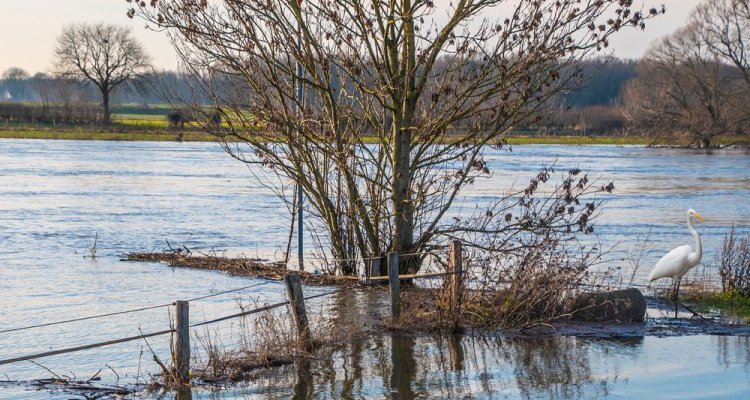
Impact story
The Grensmaas as living lab for nature based solutions
Don't build dikes or other hard structures to counter the effects of climate change, but let nature work for you. That is the core of the Nature Based Solutions concept. In the Netherlands, for example, this is done by constructing salt marshes off the coast or wet natural areas along rivers. In countries like Bangladesh, for example, this is done by creating mangrove forests off the coast.
These are solutions that not only offer protection against flooding, but are also good for nature and offer economic benefits. Mangrove forests, for example, are rich in fish and offer opportunities for shellfish farming. The Netherlands is fully committed to nature-based solutions. With our rich knowledge and experience in the field of water management, we like to make use of this in our own country, but we also want to turn this expertise into an important export product.
‘On paper, these are fantastic projects, yet they are not always successful. This is often due to the many uncertainties associated with these solutions,’ says Andries Richter, researcher at WUR's Environmental Economics and Natural Resource Group (ENR). These uncertainties are often not so much about the technical or ecological aspects of the interventions, but more often about the social and economic factors: ‘Project failures are very often due to a combination of eroded political will, social resistance and economic uncertainties.’
Citizen Science will enable residents to collect data in order to monitor the development of biodiversity in the area. This will provide interesting insights, but - at least as important - people will become co-owners, which will help to strengthen public support.
Uncertainty
Researchers from ENR look at which design principles are needed for social support and economic resilience in Nature Based Solutions projects. They do this for an ambitious and long-running Nature Based Solutions project in the Netherlands: the Grensmaas in South Limburg. Since 2008, the Grensmaas Consortium, in which gravel companies, contractors and Natuurmonumenten work together, has been working between Maastricht and Roosteren on better protection against high water in combination with ecological recovery. The immense project is being financed by extracting around 54 million tonnes of gravel and 10 million tonnes of sand from the river.
‘Social scientists should be involved in this type of project from the outset. Because it is socio-economic aspects that determine the success or failure of these projects,’ says Andries Richter. ‘The Grensmaas project is going quite well on its own, but you can also see that the support base among local residents is rather shaky. There is distrust towards the central government. Years of sand excavation have caused a great deal of inconvenience. And the changes are sometimes quite drastic - the village of Maasband, for example, is becoming an island at high tide. The collapse of the gravel market in 2007 due to the economic crisis has also created uncertainty.’
Social scientists should be involved in this type of projects from the outset. Because it is socio-economic aspects that determine the success or failure of these projects.
Citizen Science
In the project, ENR cooperates in a transdisciplinary consortium with academic partners (Maastricht University, University of Twente, Wageningen Environmental Research, Hanze University of Applied Sciences) and stakeholders (companies, governments and NGOs). The research is scientifically innovative through the combination of quantitative and innovative qualitative research methods, such as continuous participatory narrative inquiry, a method to retrieve the experiences and stories of people in the region and thus continuously measure the development of support. Citizen Science will enable residents to collect data in order to monitor the development of biodiversity in the area. This will provide interesting insights, but - at least as important - people will become co-owners, which will help to strengthen public support.
‘Our aim is to use this project to build an infrastructure that will continue to exist - even after the project has ended and we as scientists are gone again,’ says Andries Richter. ‘The ultimate goal is to create an integrated learning environment as a decision support tool for nature-based solutions.’